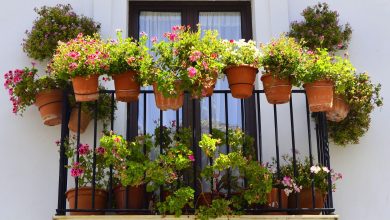5 purifying plants that will clean your home
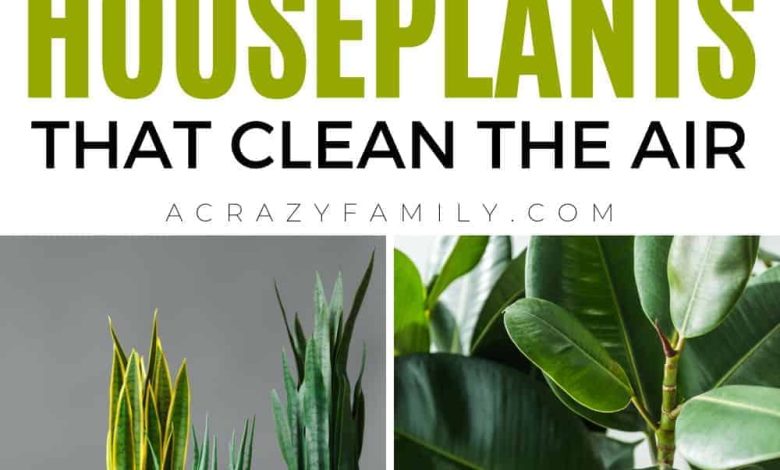
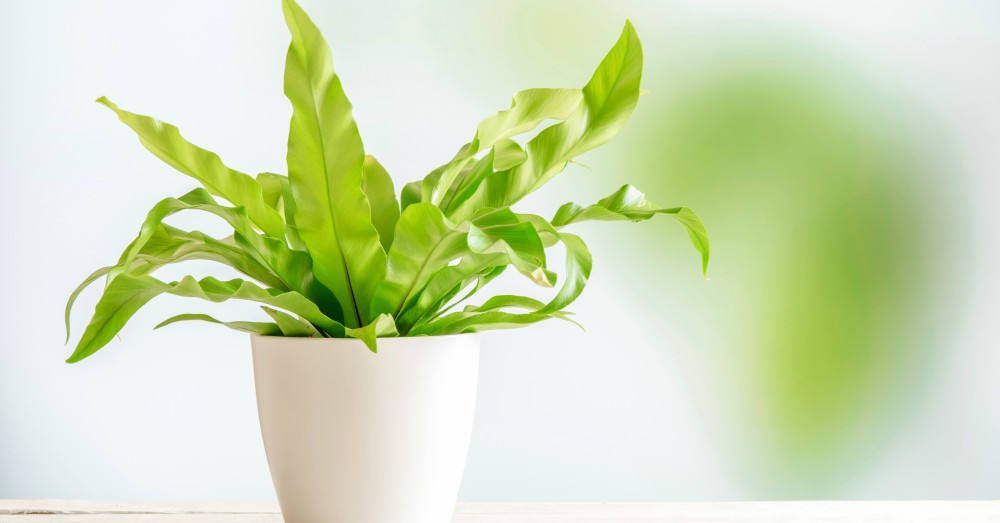
In a world where progress changes even our way of breathing, nature is so magical that it makes purifying plants available. A series of roots that, beyond their beauty or uniqueness, have the incredible ability to absorb many of the harmful chemicals that populate the air we breathe. These vegetables are true allies capable of metabolizing substances that are so dangerous in the long run for our body, such as, for example, benzene.
Purifying plants, thanks to their plant mechanisms, manage to capture many of those substances that we do not see but that can affect our health. And it is that some of the most common ailments in the modern world (such as headaches, dizziness or lowering our body’s defenses) are closely linked to that air in which chemicals, industrial waste or even cleaning leave their invisible mark.
To counteract the negative effects that our way of life has on the well-being of our body, there is nothing like including purifying plants in our day to day, whether in the office or at home.
FIVE PURIFYING PLANTS THAT YOU CAN HAVE IN YOUR HOME
The importance of this type of plant is such that even NASA has spent years investigating which purifying plants are most effective for which type of compound. And it is that, although this study has been carried out since 1989, the number of plants recommended by the aerospace institution grows year after year in a genuine desire to improve, despite human development, the lives of the inhabitants of this Planet.
The variety of purifying plants is very wide, and deciding on just one of them is complicated. However, it must be taken into account that each plant has different uses and different capacities to absorb one chemical compound or another.
Since it is impossible to choose all of them, we wanted to make a selection of five roots that can share your day-to-day with you. A selection in which we also propose flowering plants for those who do not understand nature if it is not in the company of blooms.
Dracaena Marginata
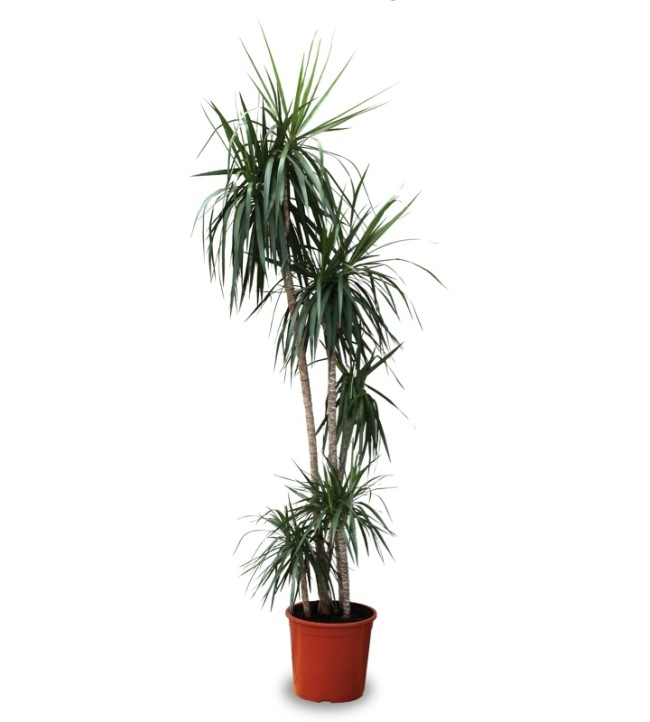
Its presence in offices around the world is not only due to its ornamental value, but also because it is one of the purifying plants par excellence. Its vegetable qualities make it capable of cleaning the air in environments where there are paint chemicals, cigarette smoke (one of the main carriers of benzene) and exhaust gases. Also perfect for urban homes.
Growing tall, the Dracena Marginata does not require much care:
– It needs good lighting (never direct sunlight).
– Stable temperatures between 20 and 25 degrees (we will have to avoid currents).
– Moderate irrigation (avoiding waterlogging).
– Good drainage.
– Specific fertilizer for green plants every fifteen days.
Fern
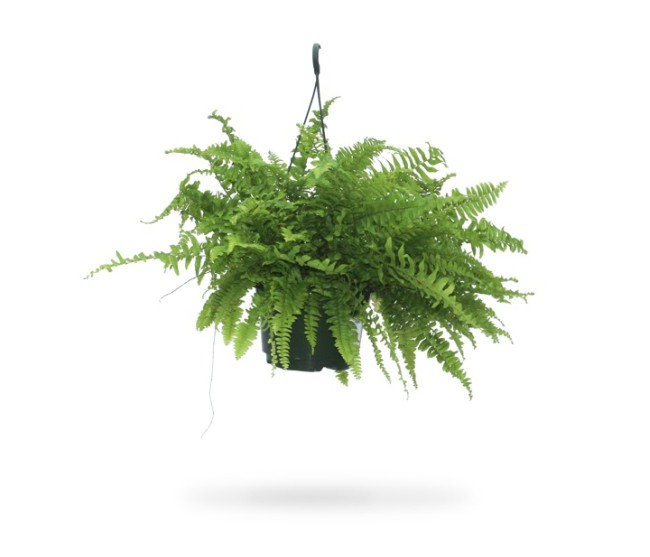
Not surprisingly, the Fern has been a regular companion in homes since time immemorial, where it is usually located in bathrooms and toilets. Although it may seem that this choice of space was simply ornamental, it is curious to know that it is actually due to its incredible ability to filter dangerous chemicals from cosmetics and disinfectants (two of the most present in this type of room in a home or office).).
In addition to its purifying character of the air and filtering of these substances, the Fern is a powerful natural humidifier if it is found in its ideal growing conditions:
– High luminosity but never direct sun.
– Temperatures that are not below 3 degrees (be careful that the plant is exposed to fewer degrees if it is humid, as it can compromise its well-being), and around 20-25 degrees in summer.
– Lower irrigation through a plate under the pot, from which they can be self-sufficient.
– Fertilizer for green plants on a regular basis
Phalaenopsis
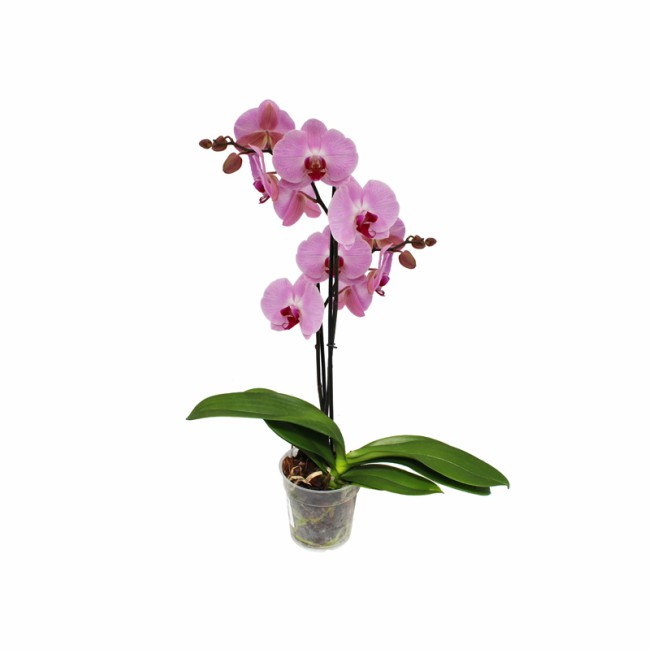
Orchid lovers are in luck… and without even knowing it! The Phalaenopsis (also called the Butterfly Orchid) is one of the most common in homes and offices, but also among those who are new to the exciting world of orchids. And, thanks to NASA, it has been known that this particular plant is perfect for absorbing both chemicals from plastic and those present in new textiles and upholstery. What better excuse to enjoy its wonderful flowers!
Phalaenopsis Orchid care is generic for this botanical family:
– High light (never direct sunlight, which could burn its leaves).
– Temperature between 15 and 25 degrees.
– Immersion irrigation when the inner roots of the pot begin to take on a silvery hue (always let the water drain afterwards).
– Substrate for orchids.
– Specific fertilizer for orchids during the time prior to flowering.
Azalea
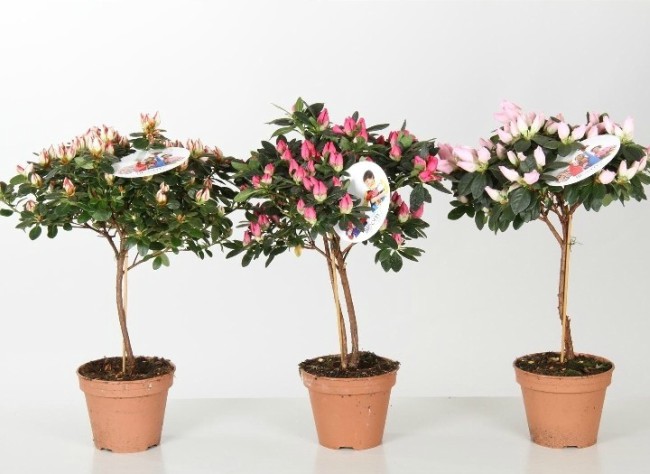
Although we have in mind the idea that the Azalea is a garden plant, we can also enjoy it indoors. And, what is better, enjoy its ability to purify environments exposed to chemicals from construction materials, for example, in new homes or those that have recently undergone renovations.
This shrubby plant belongs to the acidophilic family, so there are certain cultivation cares that we have to contemplate:
– High luminosity (avoiding direct sun).
– Constant watering, especially when it is in flower and always with low-cal water. If not, the leaves will begin to yellow.
– The ideal temperature indoors is 13 degrees, so it is not advisable to place the plant near artificial sources of heat.
– Specific substrate for acid plants.
– Good drainage.
– Specific fertilizer for acid plants every 15 days during the flowering season.
Sanseviera
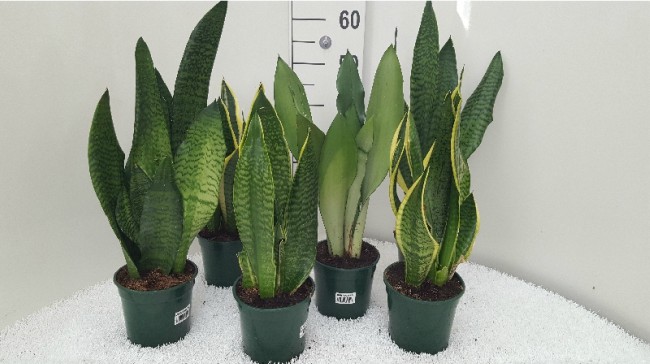
And in this selection of purifying plants, a succulent as hard, resistant and unique as the Sanseviera could not be missing. A perfect strain for absorbing chemicals from toilet paper and personal hygiene products.
Considered a true survivor (it is even capable of living and growing in the most extreme drought of the Mexican desert from which it originates), its rustic character makes its care affordable even for those who are not very expert in gardening:
– Abundant light during all year.
– Average temperature, never below 10 degrees in winter.
– Moderate irrigation in winter (once a month) and every 15 days from spring (the substrate must always be dry between irrigation and irrigation).
– Specific substrate for cacti and succulents.
– Fertilizer once a month from spring, and always specifically for green plants (liquid and dissolved in the irrigation water).
Five purifying plants with different uses and perfect for any space. Which do you prefer?
If you want to clean the air in your home, buy purifying plants online in our store> Flowers and Plants

![Photo of Plant Oca or Oxalis Flowers: [Needs, Substrate, Irrigation and Cultivation]](https://www.complete-gardening.com/wp-content/uploads/2022/08/plant-oca-or-oxalis-flowers-needs-substrate-irrigation-and-cultivation-390x220.jpg)
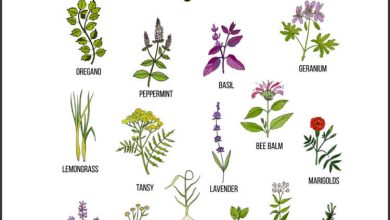
![Photo of How to Plant Padrón Peppers: [Complete Guide]](https://www.complete-gardening.com/wp-content/uploads/2022/08/how-to-plant-padron-peppers-complete-guide-390x220.jpg)
